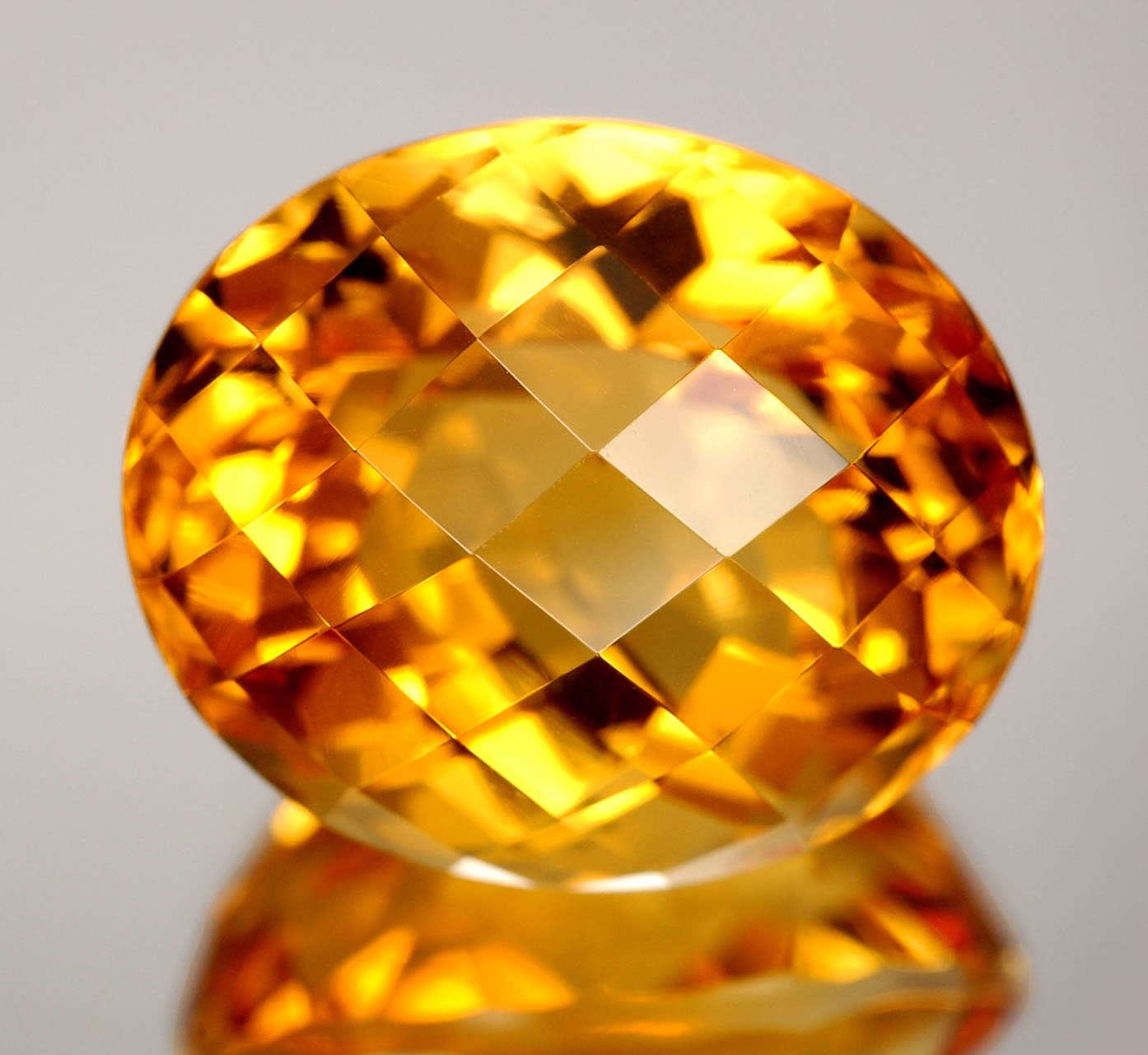The vivid hue and rarity of emeralds make them prized gemstones in the green category. But do you ever stop to consider where these priceless diamonds come from and what makes them so valuable? This article will examine emerald crystal mining and the characteristics that distinguish emeralds from other gems.
Element Mining
Brazil, Zambia, Colombia, and other countries throughout the world are home to Colombian emerald. It takes effort and rigorous procedures to mine emeralds; it is not a simple task.
Emeralds Are Sought-After
Those that mine for emeralds search for any indications of their presence. To locate potential hiding spots for emeralds, they examine the rocks and dirt.

Mining
Miners begin excavating after they locate a promising location. To shatter rocks and dirt, they employ machinery and tools. To find emeralds, they may need to search far below the surface.
Sorting
They collect all the soil and rocks once they have dug. The procedure of sorting then follows. To find the emeralds, miners comb through the material. Because emeralds can resemble other rocks, this can be difficult.
Cleaning And Laundering
To remove the dirt, the soil, and rocks that have been found are washed. The emeralds, which are typically hidden by muck, are now visible.
Making Cuts And Polishing
When loose emerald stones are discovered, they are cut and polished to display their stunning green hue and brilliance. They are shaped into a variety of objects by skilled artisans, including beads, cabochons, and faceted diamonds.
Quality and Value-Affecting Factors
Color
It's crucial to consider an emerald's color. A deep, rich green tint characterizes the finest emeralds. The shade shouldn't be excessively light or dark but should be uniform.
Clarity
The emerald's clarity refers to how clear it is. Inclusions are the little spots that are present in most emeralds. Usually, an emerald that is clearer is worth more.
Size
Larger emeralds are more precious since they are more uncommon. But on occasion, a tiny emerald with exceptional color and clarity can also be very valuable.
Cut
The radiance of an emerald can vary depending on how it is cut. An emerald with a nice cut radiates light.

Origin
High-quality emeralds are known to be produced in some regions. Due to their rarity and history, emeralds from particular regions may be worth more.
Treatments
Emeralds can occasionally receive treatments to increase their clarity. However, because they are more similar to how they were when they were discovered, natural, untreated emeralds are typically seen to be more precious.
In Conclusion
The journey that emeralds for sale take from the depths of the Earth to becoming brilliant gems is interesting; they are not merely attractive gemstones. The color, clarity, size, cut, provenance, and treatments of emerald gemstone, as well as the laborious mining process itself, all have an impact on the stones' quality and worth. The value and uniqueness of each emerald are determined by these elements. So, when you see a stunning emerald the next time, you'll understand that it's more than simply a stone; it's a marvel of nature that has been transformed into a priceless treasure.